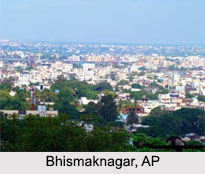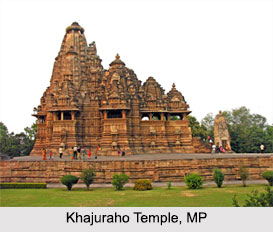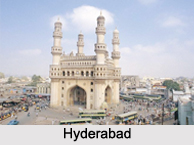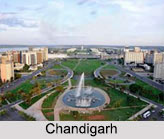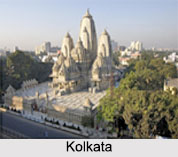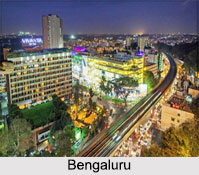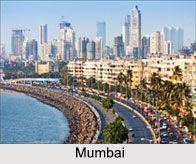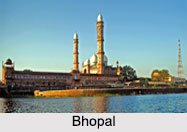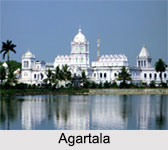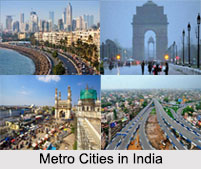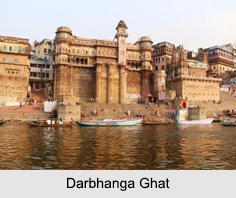 Darbhanga Ghat in Varanasi, Uttar Pradesh on the bank of River Ganges is located between the Dashaswamedh Ghat and Rana Mahal Ghat. It has been named after the royal family Darbhanga, who also built a palace in 1900 near the river bank. They built the palace to watch the rituals and
other activities on the river from there. Darbhanga Ghat serves as the place for both rituals and cremation. This ghat is a bit narrow, but becomes wide near Babua Pandey Ghat. Darbhanga Ghat also houses a temple, which is dedicated to Lord Shiva. This ghat is visited by many Hindu devotees around the year, especially during the new moon day on the month of Chaitra. Chausatti Ghat and Chausath Yogini Temple of Goddess Kali are the nearby attractions of Darbhanga Ghat.
Darbhanga Ghat in Varanasi, Uttar Pradesh on the bank of River Ganges is located between the Dashaswamedh Ghat and Rana Mahal Ghat. It has been named after the royal family Darbhanga, who also built a palace in 1900 near the river bank. They built the palace to watch the rituals and
other activities on the river from there. Darbhanga Ghat serves as the place for both rituals and cremation. This ghat is a bit narrow, but becomes wide near Babua Pandey Ghat. Darbhanga Ghat also houses a temple, which is dedicated to Lord Shiva. This ghat is visited by many Hindu devotees around the year, especially during the new moon day on the month of Chaitra. Chausatti Ghat and Chausath Yogini Temple of Goddess Kali are the nearby attractions of Darbhanga Ghat.
Visiting Information to Darbhanga Ghat
Varanasi Junction or Varanasi Cantt Railway Station and Lal Bahadur Shastri Airport are the nearest to reach Varanasi for visiting Darbhanga Ghat. National Highway 44 connects Varanasi to other major cities of India.
This article is a stub. You can enrich by adding more information to it. Send your Write Up to content@indianetzone.com.
